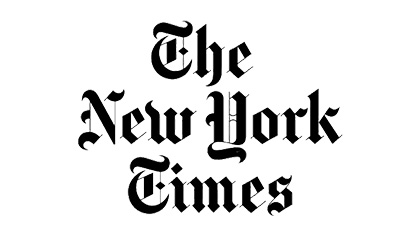
MANY readers were shocked by my recent article about Peter Drier, who received a surprise bill of $117,000 from an out-of-network assistant surgeon who helped out during his back operation. But almost as surprising was how difficult it was during my reporting for Mr. Drier to extract his own records from the hospital.
He wanted a copy because he enjoys adventurous travel and he needed a record of the surgery in case of injury; I wanted to see the chart to make sure nothing unusual had occurred in the operating room that might justify the enormous bill. Hospitals are computerized, and patients have a right to their own records, so I assumed getting the chart would be easy.
I was wrong. The six-week ordeal included requests that needed to be made via regular mail, numerous phone calls, consent forms and an estimate for copying fees that totaled $100. This was topped off by an actual visit to the hospital by Mr. Drier, who sat in an office until he had paper documents in hand.
In a digital age when we can transfer money to purchase a house online or view a college transcript by logging on to a secure website, why is it so often difficult for patients to gain access to their medical data? And who controls our health information?
Read the full article on The New York Times Website!



